A "Covert Battle" Among Tech Giants for the Humanoid Robot Ecosystem
![]() 06/09 2025
06/09 2025
![]() 448
448
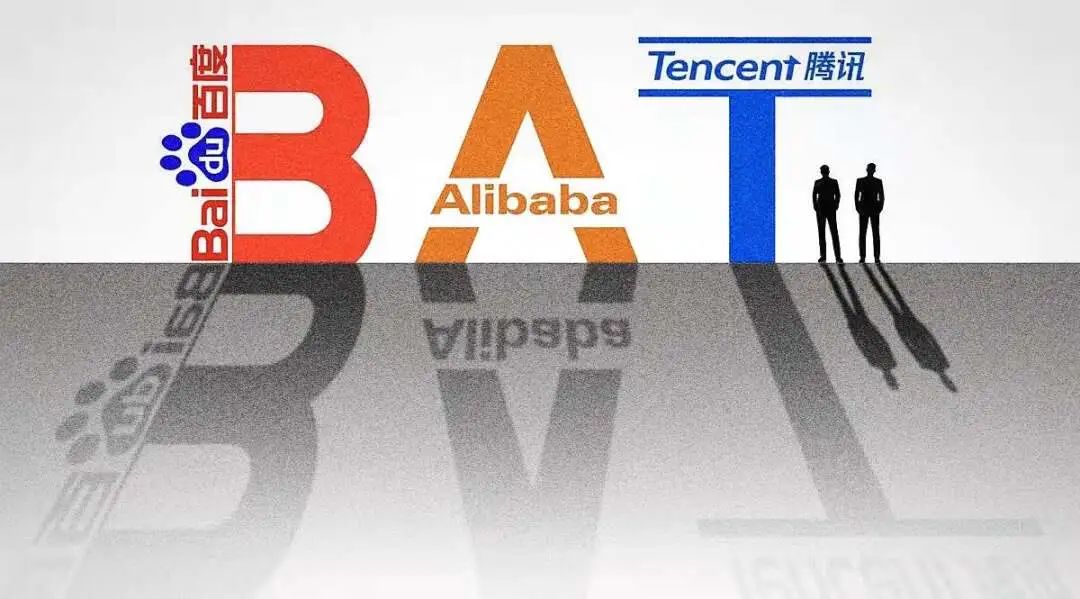
Author | Lin Feixue
Editor | He Kun
Operation | Chen Jiahui
Produced by | LingTai LT (ID: LingTai_LT)
Title image | Publicly available image on the internet
In 2025, the fervor for "humanoid robots" has reached a zenith. Embodied intelligence has emerged as a groundbreaking frontier, with robots making appearances on marathon courses, industrial assembly lines, and elderly care communities. These "human-like" creations are gradually stepping out of laboratories and into reality.
According to official data from Tianyancha and Goldman Sachs' predictions, under ideal conditions, the humanoid robot market could soar to $154 billion by 2035. International market research firm Markets and Markets anticipates that the market will grow from $1.8 billion in 2023 to $13.8 billion in 2028, registering a compound annual growth rate of 50.2%.
However, when we turn our gaze to tech giants such as Baidu, Tencent, Alibaba, and Huawei, who possess substantial resources, AI expertise, and pioneering tech stories, we encounter an anomaly. This time, they are not at the forefront, announcing new robot products with fanfare or rushing to develop bipedal robotic arms independently.
They stand outside the hustle and bustle, displaying an unexpected degree of restraint.
"Why aren't tech giants making humans this time?" The truth is, they haven't retreated from the battle; they've merely shifted their approach.
Tech Giants Shift from Leading Roles to Directing
When a humanoid robot completes a 21-kilometer half marathon with clumsy yet persistent steps, becoming a "non-human finisher" in human events;
When bipedal robotic arms tirelessly sort, pick, and transport goods on the front lines of warehousing;
When the robot in your home can brew coffee while taking care of the elderly, this "cloud + terminal" collaboration capability lies at the core of the big tech companies' layout.
Upon closer inspection, it's the precise control of machinery and multi-modal perception synergistically performed in real scenarios that's crucial. From a broader perspective, a thought-provoking sight emerges. The leading roles in "creating humans" are not occupied by Baidu, Tencent, or Alibaba, but by numerous unfamiliar startup companies.
Those big tech companies, holding data, models, computing power, and funds, operate behind the scenes, setting up stages, arranging lighting, and directing. This scene mirrors the birth of a great play, which relies not only on the actors' performance but also on the precise coordination of the script, props, stage, and lighting.
According to comprehensive media information from Tianyancha, Baidu's approach resembles that of the "set designer" in this play. Rather than rushing to the main stage to build robot bodies, it quietly fixes water and electricity and builds bridges backstage. Baidu utilizes its large model platform, heterogeneous computing power resources, data processing capabilities, and pipelines to create a "backstage command center" that can efficiently train, deploy, and operate embodied agents.
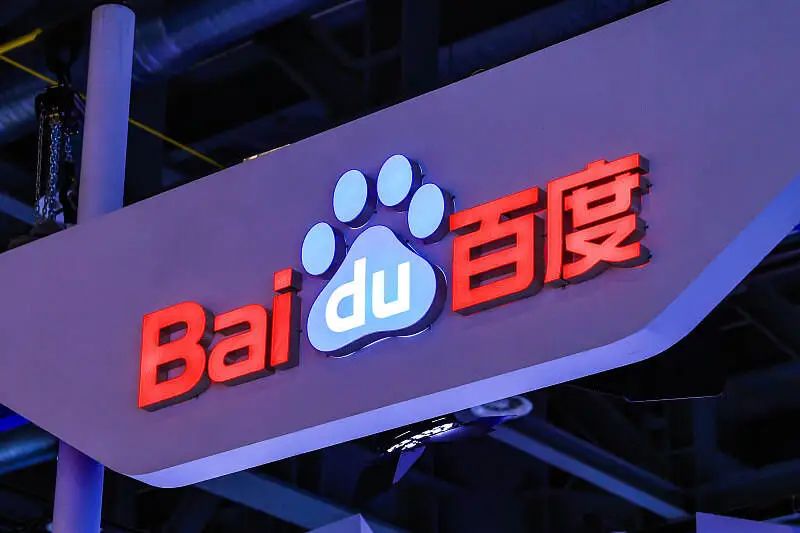
Behind the "Tiangong" robot's completion of the world's first humanoid marathon is Baidu's Baige AI heterogeneous platform providing support and a set of million-level embodied data collection and annotation solutions continuously feeding the system. It's not the one crossing the finish line but the silent engineer setting up water stations, tents, and roadblocks along the way.
Tencent's strategy resembles that of an "investment director." On one hand, it operates its own robotics lab, Robotics X, researching dexterous hands and legged robots. On the other hand, through capital and ecological cooperation, Tencent frequently appears on the investor lists of robotics enterprises, jointly building a "cloud + edge + terminal" integrated architecture.
Alibaba has invested in robotic companies like Zhuji Power and Yuanluo Technology while accelerating the opening of its Tongyi Qianwen large model on intelligent agent products and collaborating with the Manus intelligent agent platform. This aims to open up the central nervous system of embodied intelligence to developers within the ecosystem. This series of layouts underscores a consensus quietly taking shape: this is not a "human-making competition" where everyone rushes to catch up, but a reconfiguration of roles in industrial organization.
In this reconfiguration, giants are willing to forgo the glory of manufacturing a blockbuster robot, preferring to become "shovel sellers" in the industry chain.
By selling standards, computing power, models, interfaces, and training platforms, they enable millions of "miners" to take off at the cusp of the trend, while they themselves stand beneath the cusp, building airports and opening training camps.
When the wind rises, they become the "directors" with traffic gateways, technical skeletons, and industrial discourse power.
They don't stand in the center but write the "copyright statement" for the future industry.
From "Technology is King" to "Ecosystem is King"
In the development of AI, each wave of enthusiasm starts with technological breakthroughs, but what truly determines how far and high the industry can go is who can take the lead in building a systematic ecosystem.
If past AI was like a "sorcerer" cultivating on an isolated island, focusing on honing single-point abilities, then embodied intelligence resembles a collaborative project in an industrial revolution. It's not just a race to code and run parameters but a three-dimensional collaboration from data, models, hardware to scenarios. This also determines that single-point breakthroughs are no longer decisive; players who can close the loop of "software + hardware + cloud + field" are the true protagonists of this battle.
Today, tech giants are shifting from "creating sorcerers" to "building city lords." Whoever can take the lead in constructing a stable, data-smooth, and efficiently trained intelligent city will hold the ticket to the future.
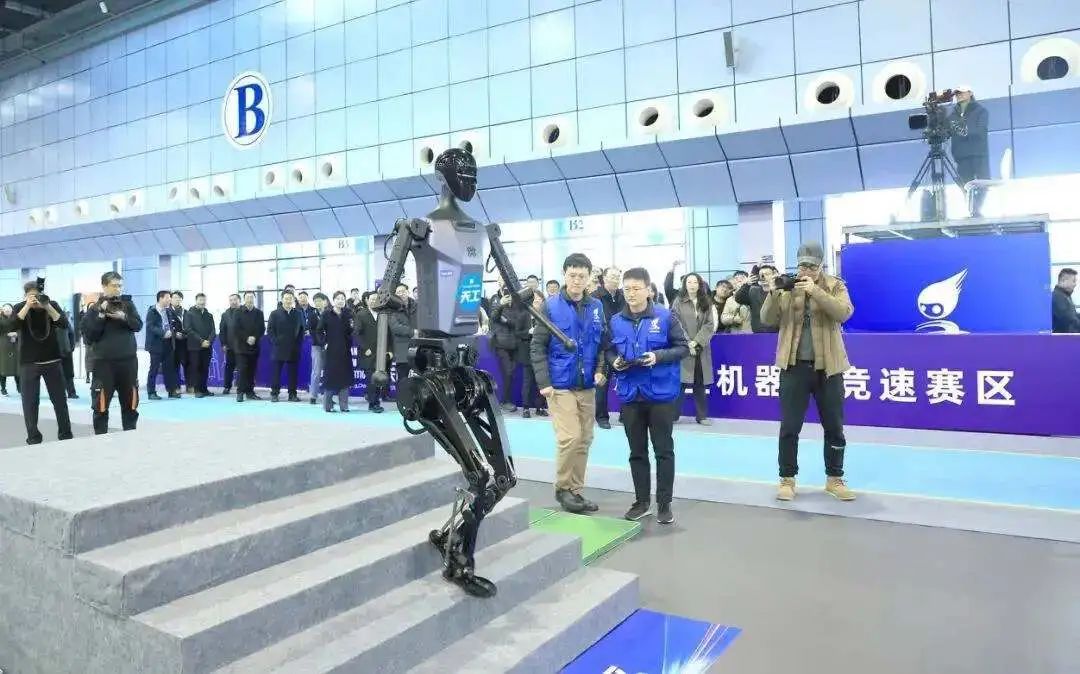
Tencent's latest move is to collaborate with UFACTORY Tech. It also participated in the investment of Zhiyuan Robotics and incubated the legged robot "Xiaowu" through its Robotics X lab. These actions aim at current industrial landing points while reserving buffers for future ecological collaboration.
Baidu has transformed itself into an operating system provider. It hasn't entered the hardware battlefield or competed for manufacturing links but chosen to be the highway in "intelligent infrastructure," using large models and data platforms as engines to open up a full-process channel of data + algorithms for embodied intelligence.
According to comprehensive information from Tianyancha and media, Baidu's logic is clear. In this era where AI is embedded in the physical world, humanoid robots must "understand the rules" from the real world, which requires a vast amount of structured, multi-modal, and task-oriented data. What Baidu excels at is collecting, cleaning, and training these complex data and using large models to boil down a pot of algorithmic soup for robots to execute actions after consumption.
In contrast, Alibaba resembles a band conductor, deploying the Tongyi Qianwen large model while investing in robotic companies like Zhuji Power and Yuanluo Technology. It also connects the Manus intelligent agent platform with Tongyi Qianwen, attempting to complete the closed loop of embodied intelligence within the domestic large model system.
An ecosystem is not just about "breadth" but also about "stability".
A high-quality ecosystem must maintain stable operation amidst fluctuations in computing power, mixed data, and model upgrades. This is the true shift from "Technology is King" to "Ecosystem is King," where it's no longer about who runs faster but who goes further.
This is not a war of "making humans" but a bet on the future
As humanoid robots repeatedly trend on social media, dancing, pouring water, and folding clothes on exhibition stands, the industry narrative seems to have been condensed into a "small goal": whoever creates a human first is the king.
However, this seemingly resolute slogan appears overly simplistic on the real battlefield of embodied intelligence.
The real turning point has never been "who creates a human first" but who can use "humans" to truly accomplish tasks.
This is a marathon of technology and endurance, not a three-minute skill showcase; it is a systematic project about how new species take root in the real world, not who can first piece together a bionic skeleton and connect a few cables.
"Creating humans" is not difficult; the challenge is making the "humanoid" function like a productive tool.
Of course, the tech giants understand that this revolution in embodied intelligence cannot be achieved by a couple of dancing robots at press conferences.
Today, every motion system, speech recognition module, and perception radar are still only rudimentary craftsmen in the real physical world, far from being general-purpose labor. To put it more bluntly, a humanoid robot that can pour coffee, fold clothes, and open doors is not replicable if each task requires individual programming and testing. Without replicability, it means it's not a tool but more like a prototype.
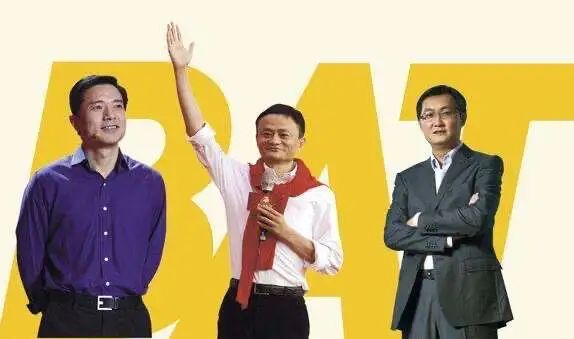
This is not a race to "create humans" but a ranking contest for the future operating system.
No one enters empty-handed, and no one attempts to dominate everything.
It's no exaggeration to say that embodied intelligence is a second physical operating system on par with the steam revolution.
When people attempt to look back at this era-level leap in the embodied intelligence industry, they may find that those tech giants who did not personally "create humans" have laid the foundation for the entire industry, paving the way for the future.
Not every industrial revolution needs a torch-bearing leader; more often, it needs those who build roads in the dark.
According to comprehensive information from Tianyancha and media, Baidu builds the foundation with its platform, opening and sharing the "intelligence" structure; Tencent chooses cloud-edge collaboration, embedding "connection" capabilities into the ecosystem; Alibaba attempts to create a unified "skeleton" for intelligent agents; Huawei, from chips to terminals and from factories to algorithms, has laid out a complete "technological network".
They have chosen not to compete as glamorous actors on stage but to build the structural framework of this play brick by brick.
The first industrial revolution relied on coal and iron, the second on electricity and assembly lines, and the third on semiconductors and the internet. Today, humanity stands at the critical point of integration of cognition and execution.
The humanoid robot is the visible shell, while its true engine lies behind it: data, models, computing power, algorithms, interface standards, and a full-stack, cross-industry ecological cooperation chain.
This is not a war of "making humans" but a strategic bet on who will steer and set the rules for the future intelligent society.
Written at the End
The true main storyline of this upsurge is not about who first assembles a steel skeleton but who can subtly stitch together underlying technologies, activate the entire ecosystem, and ultimately make humanoid robots efficient executors in the real world.
Currently, the spotlight is on humanoid robots that can fold clothes and dance, but the applause may not belong to their makers but to those system planners behind the scenes who build stages, allocate resources, and set rules.
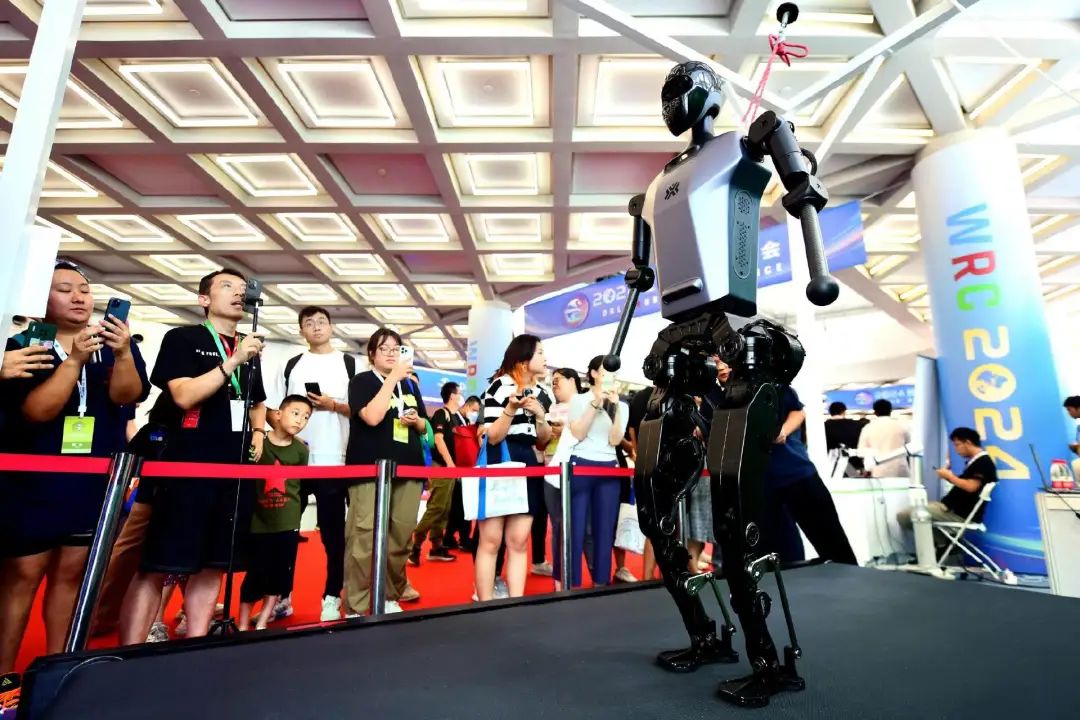
In the evolution of this new industrial logic, tech giants have not stolen the spotlight but silently laid the foundation for the future. They resemble unseen "schedulers" building railways, with one end connected to the developer community and the other to standardized terminal devices. They organize productivity with platform thinking and weave new intelligent structures through resource coordination.
This generation of tech giants is no longer obsessed with blockbuster products that deliver a knockout punch but is more like wiring and arranging troops for the next industrial century. They haven't shouted that they will change the world but are using computing power, models, data, and scenarios to tighten the screws on the direction of the future. When humanoid robots truly enter daily life, those companies that seemingly did not "create humans" today may have already become the "directors" who hold the password to the value of the embodied intelligence industry.







